HEART WORKING MODEL
SCIENCE LAB EQUIPMENT WORKING MODEL / SCIENCE EXHIBITION WORKING MODEL / BIOLOGY WORKING MODEL
4 in stock
Refund
Unfortunately, once an order is placed, there is no refund available. However, we do offer exchanges for defective or damaged items.
Due to the nature of our products and the potential for misuse or mishandling, we do not offer refunds. We believe in customer satisfaction and strive to provide quality exchanges for any issues that may arise.
If you have received a defective or damaged item, please contact our customer service team and they will assist you with the exchange process. Please note that exchanges are subject to availability and product conditions.
We do not offer refunds for change of mind purchases, but we do offer exchanges for valid reasons such as defects or damages.
Delivery
My Science Kart delivers orders through a reliable and efficient shipping service to ensure your products arrive safely and on time.
Yes, you can easily track your order from My Science Kart by using the tracking number provided to you once your order has been shipped.
If you have any issues with your order from My Science Kart, please contact our customer service team who will be happy to assist you and resolve any problems.
Payment
You can pay for your purchases on My Science Kart using various payment methods such as credit/debit cards, net banking, UPI’s and mobile wallets.
Yes, we use industry-standard encryption technology to protect your payment information and ensure that it is secure.
If you have any payment-related queries or issues on My Science Kart, you can contact our customer support team through the website or email us at support@mysciencekart.com.
HEART WORKING MODEL |
The human heart is a remarkable organ responsible for pumping blood throughout the body, supplying oxygen and nutrients to tissues and removing waste products. Understanding how the human heart works involves knowing about its structure, the cardiac cycle, and the flow of blood through the heart.
**Structure of the Heart:**
The human heart is a muscular organ located in the chest cavity, slightly to the left of the midline. It is divided into four chambers: two atria (upper chambers) and two ventricles (lower chambers). The heart is surrounded by a protective sac called the pericardium.
**Function of the Chambers:**
– The atria receive blood returning to the heart. The right atrium receives deoxygenated blood from the body via the superior and inferior vena cavae, while the left atrium receives oxygenated blood from the lungs via the pulmonary veins.
– The ventricles pump blood out of the heart. The right ventricle pumps deoxygenated blood to the lungs through the pulmonary artery, while the left ventricle pumps oxygenated blood to the body through the aorta.
**Cardiac Cycle:**
The cardiac cycle refers to the sequence of events that occur during one heartbeat. It consists of two main phases: diastole and systole.
– **Diastole:** During diastole, the heart relaxes, and the atria fill with blood. The atrioventricular (AV) valves (tricuspid and mitral valves) open, allowing blood to flow from the atria into the ventricles.
– **Systole:** During systole, the heart contracts, pumping blood out of the ventricles. The AV valves close to prevent backflow of blood into the atria, and the semilunar valves (pulmonary and aortic valves) open, allowing blood to be ejected from the heart into the pulmonary artery and aorta.
**Flow of Blood Through the Heart:**
– Deoxygenated blood returns to the heart via the superior and inferior vena cavae and enters the right atrium.
– From the right atrium, blood flows through the tricuspid valve into the right ventricle.
– The right ventricle pumps blood through the pulmonary valve into the pulmonary artery, which carries it to the lungs for oxygenation.
– Oxygenated blood returns from the lungs via the pulmonary veins and enters the left atrium.
– From the left atrium, blood flows through the mitral valve into the left ventricle.
– The left ventricle pumps oxygenated blood through the aortic valve into the aorta, which distributes it to the rest of the body.
**Regulation of Heart Rate:**
The rate and rhythm of the heartbeat are regulated by electrical impulses generated by the sinoatrial (SA) node, often called the heart’s natural pacemaker. The electrical impulses travel through specialized conducting fibers in the heart, causing the atria and ventricles to contract in a coordinated manner.
Understanding the workings of the human heart involves comprehending its structure, function, and the intricate coordination of its various components to maintain circulation throughout the body.
Structure of the Heart
The heart is divided into four chambers:
- Right Atrium: Receives deoxygenated blood from the body.
- Right Ventricle: Pumps the deoxygenated blood to the lungs for oxygenation.
- Left Atrium: Receives oxygenated blood from the lungs.
- Left Ventricle: Pumps the oxygenated blood to the entire body.
The heart also has valves that prevent the backward flow of blood. These are the mitral and tricuspid valves between the atria and ventricles, and the aortic and pulmonary valves between the ventricles and the arteries.
How the Heart Works
1. Blood Flow
- Blood returns to the heart from the body and enters the right atrium.
- It moves to the right ventricle, which pumps it to the lungs via the pulmonary artery.
- In the lungs, carbon dioxide is exchanged for oxygen.
- The oxygen-rich blood returns to the left atrium.
- It then flows into the left ventricle, which pumps it out to the body through the aorta.
2. Heartbeat
- The heartbeat is controlled by electrical impulses that originate in the sinoatrial (SA) node (natural pacemaker) located in the right atrium.
- These impulses cause the atria to contract and push blood into the ventricles.
- The impulses reach the atrioventricular (AV) node, and after a slight delay, which allows the ventricles to fill with blood, they cause the ventricles to contract.
- This contraction pushes blood out of the heart and into the lungs and body.
3. Cycle of a Heartbeat
- Diastole Phase: The heart muscle relaxes, the chambers fill with blood, and the cycle begins again.
- Systole Phase: The heart muscle contracts, pumping blood out of the chambers.
Importance of Heart Health
Maintaining heart health is crucial. Risk factors such as hypertension (high blood pressure), high cholesterol, smoking, obesity, and diabetes can lead to cardiovascular disease. Lifestyle changes like eating a healthy diet, exercising regularly, avoiding tobacco, and regular health screenings can help reduce these risks.
The heart’s function is indispensable not only for survival but also for maintaining the overall health and functioning of the body.
| Weight | 1 kg |
|---|---|
| Dimensions | 50 × 40 × 6 cm |
You must be logged in to post a review.
Q & A
Related Products
TOTAL INTERNAL REFLECTION WORKING MODEL
- ✓ 100% Quality products
REFLECTION OF LIGHT PLANE MIRRORS/LAWS OF REFLECTION WORKING MODEL
- ✓ 100% Quality products
AC ELECTRIC GENERATOR WORKING MODEL
- ✓ 100% Quality products
OPTICAL BENCH FOR CONVEX LENS FOR MEASURING OBJECT AND IMAGE DISTANCE WORKING MODEL
- ✓ 100% Quality products
SEPARATING IRON FROM THE SOIL WORKING MODEL
- ✓ 100% Quality products
PARALLEL CONNECTION OF RESISTORS WORKING MODEL
- ✓ 100% Quality products
ELECTRIC SHOCK WORKING MODEL
- ✓ 100% Quality products
SERIES CONNECTION OF RESISTORS WORKING MODEL
- ✓ 100% Quality products
Product categories
- Circuits & Projects 233
- My Science Kart 665
- Raw Materials For Projects & Lab Equipments 381
- Science Exhibition 516
- Science Exhibition Projects & Working Models 344
- Biology Science Exhibition Projects & Working Models 31
- Chemistry Science Exhibition Projects & Working Models 12
- Mathematics Science Exhibition projects & Working Models 7
- Physics Science Exhibition Projects & Working Models 129
- Robotics Science Exhibition Projects & Working Models 23
- Social Science Exhibition Projects & Working Models 20
- Science Lab Equipments With Working Models 363
Cart
TRULY INDIAN EDUCATION BRAND
Over 10,000+ Happy Customers
My Science Kart
Address:- Ground floor, Lakshmi Nagar, D.No:- 40-1/1-5, PVP Mall Backside, Mogalrajapuram, Labbipet, Vijayawada, Andhra Pradesh 520010
7673977997, 0866-3543677
mysciencekart@gmail.com
Categories
MAP
© My Science Kart 2024, Designed & Developed By Synfocy Tech Solutions






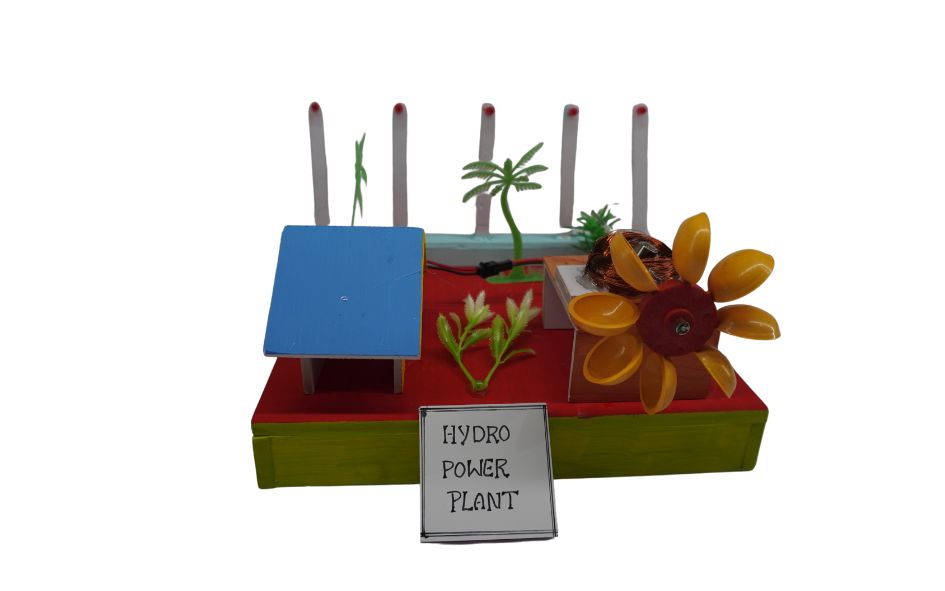
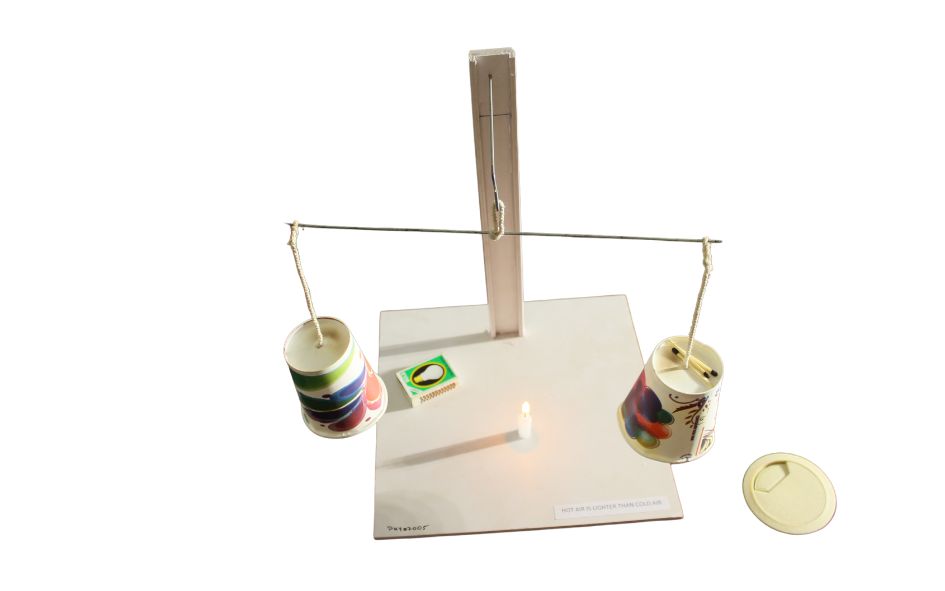


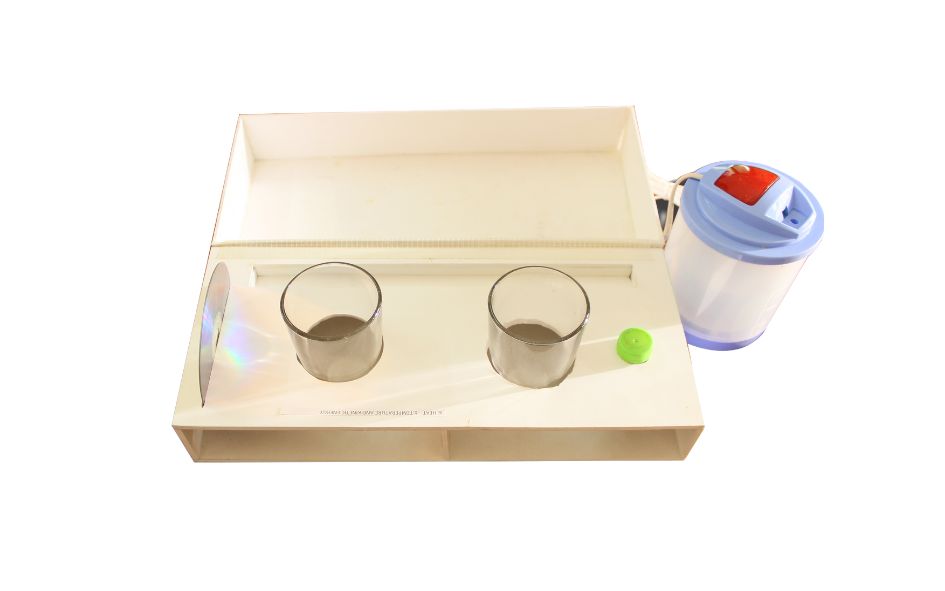
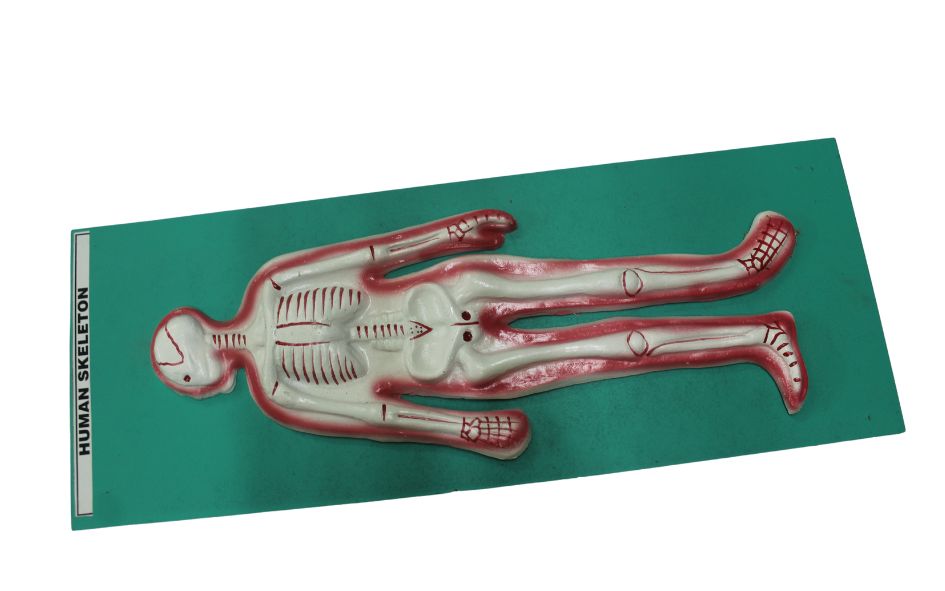











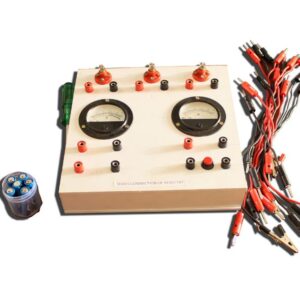

Reviews
There are no reviews yet